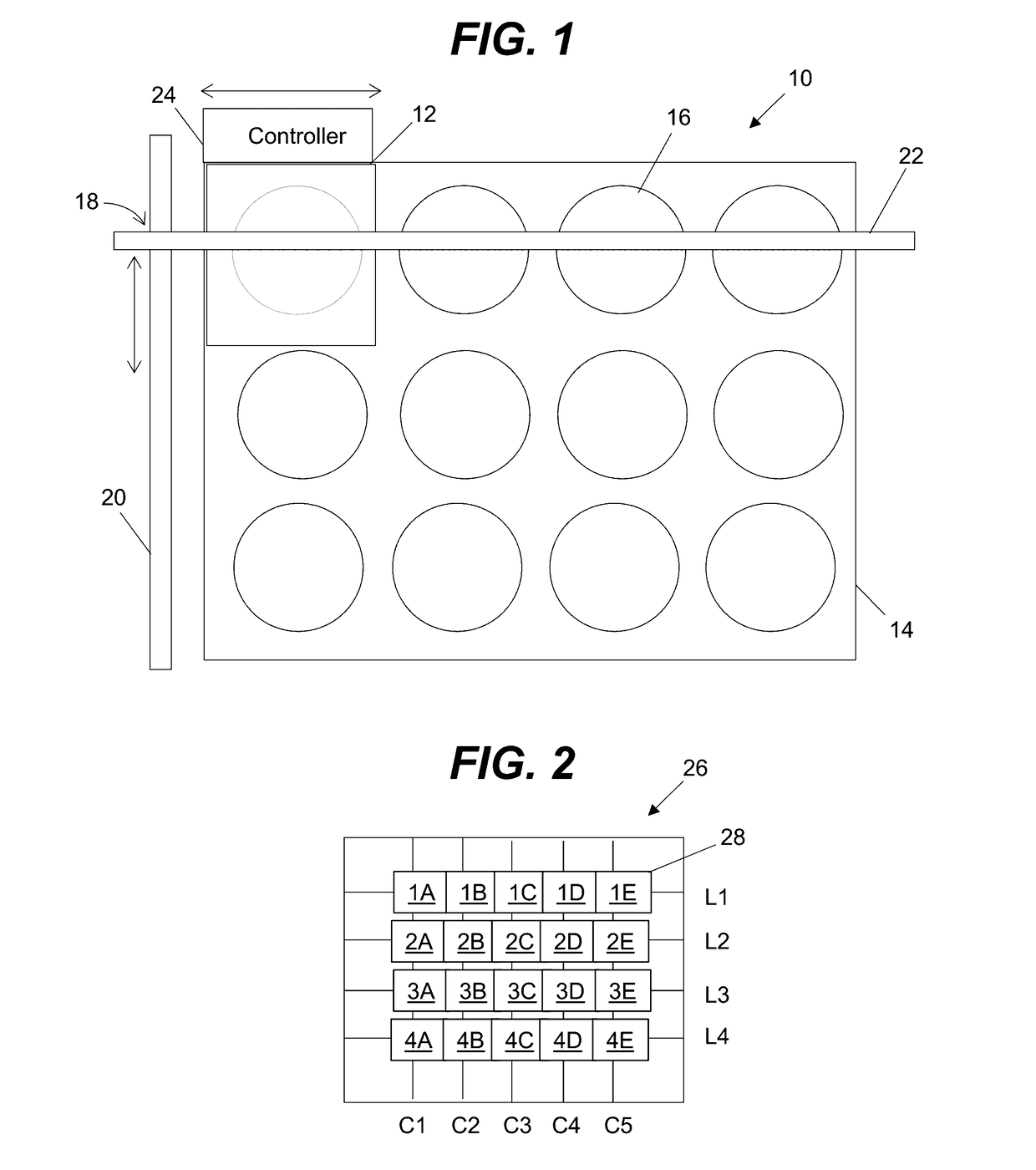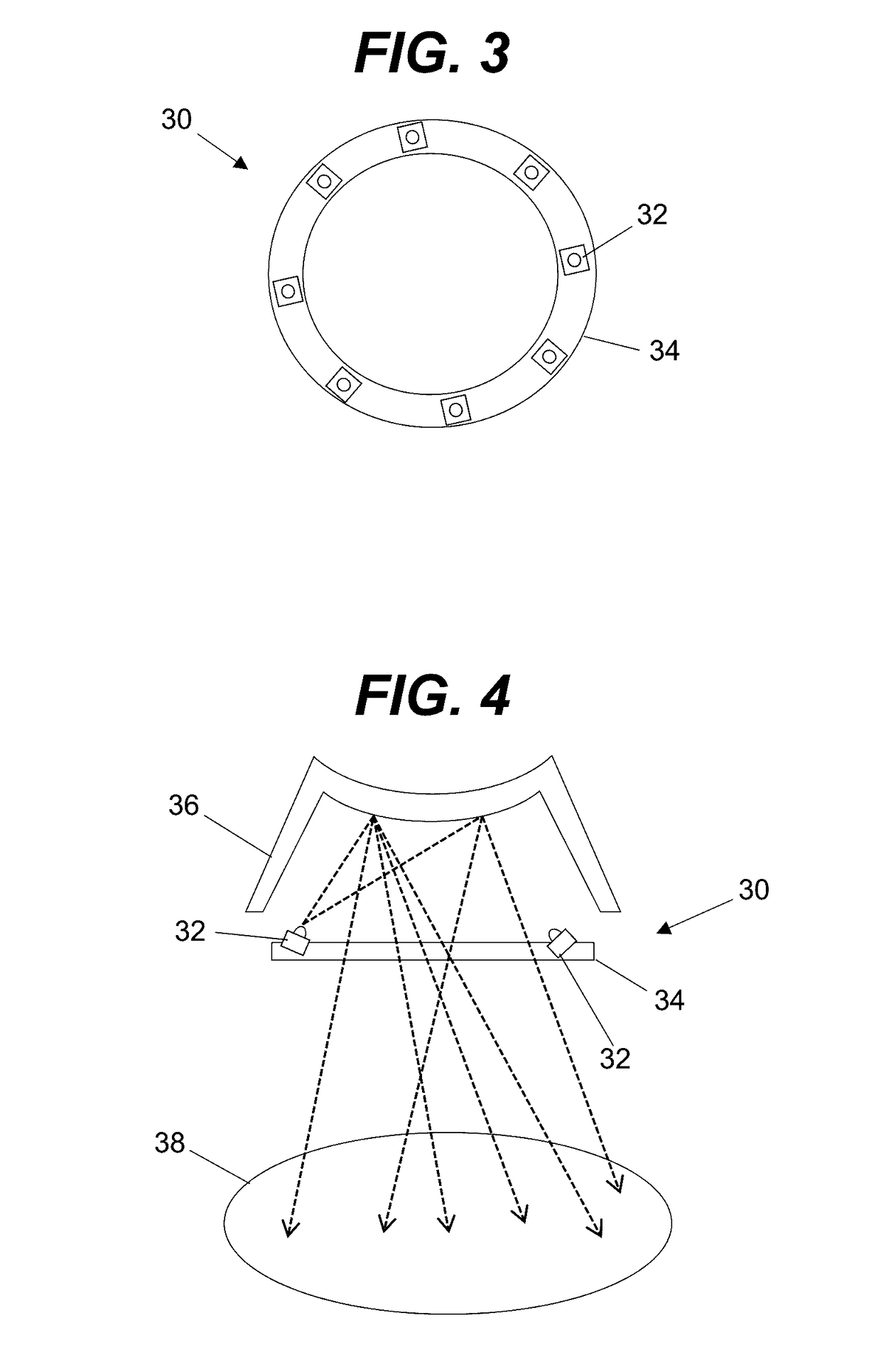Vaccine Preparation Using Ultraviolet Radiation
a technology of ultraviolet radiation and vaccine, applied in the field of vaccine preparation, can solve the problems of low replication rate, increased risk that the vaccine itself will be the cause of infection, and the inability to give vaccines to people with weakened immune systems
- Summary
- Abstract
- Description
- Claims
- Application Information
AI Technical Summary
Benefits of technology
Problems solved by technology
Method used
Image
Examples
Embodiment Construction
[0040]As indicated above, aspects of the present invention are directed to the inactivation of viruses or bacteria through the use of ultraviolet radiation for the purpose of developing a vaccine that stimulates antibody production that confers immunity to a particular disease. It is believed that the current state of the art in vaccine development and preparation have yet to explore the feasibility of inactivation of viruses and bacteria using ultraviolet radiation from an ultraviolet radiation source, such as for example, a light emitting diode (LED) lamp with multiple wavelengths of ultraviolet light and dosages of ultraviolet radiation. In one embodiment, an ultraviolet radiation source such as a light emitting diode (LED) lamp having individual LED sources each configured to irradiate at specific wavelength selected from a range extending from 250 nm to 360 nm can be used in the inactivation of live samples of biological elements such as for example, infectious agents (e.g., vi...
PUM
| Property | Measurement | Unit |
|---|---|---|
| Wavelength | aaaaa | aaaaa |
| Wavelength | aaaaa | aaaaa |
| Transparency | aaaaa | aaaaa |
Abstract
Description
Claims
Application Information
 Login to View More
Login to View More - R&D
- Intellectual Property
- Life Sciences
- Materials
- Tech Scout
- Unparalleled Data Quality
- Higher Quality Content
- 60% Fewer Hallucinations
Browse by: Latest US Patents, China's latest patents, Technical Efficacy Thesaurus, Application Domain, Technology Topic, Popular Technical Reports.
© 2025 PatSnap. All rights reserved.Legal|Privacy policy|Modern Slavery Act Transparency Statement|Sitemap|About US| Contact US: help@patsnap.com



